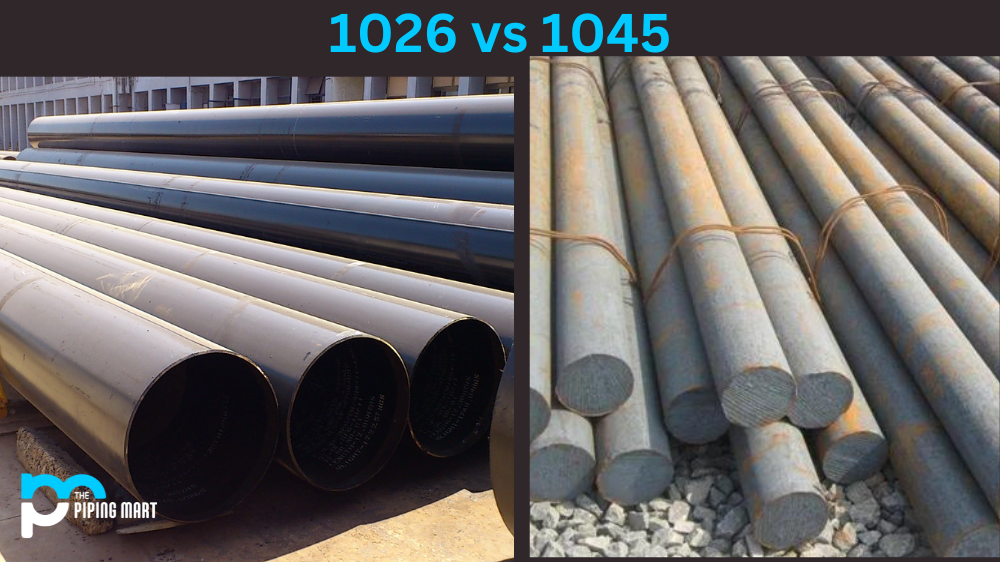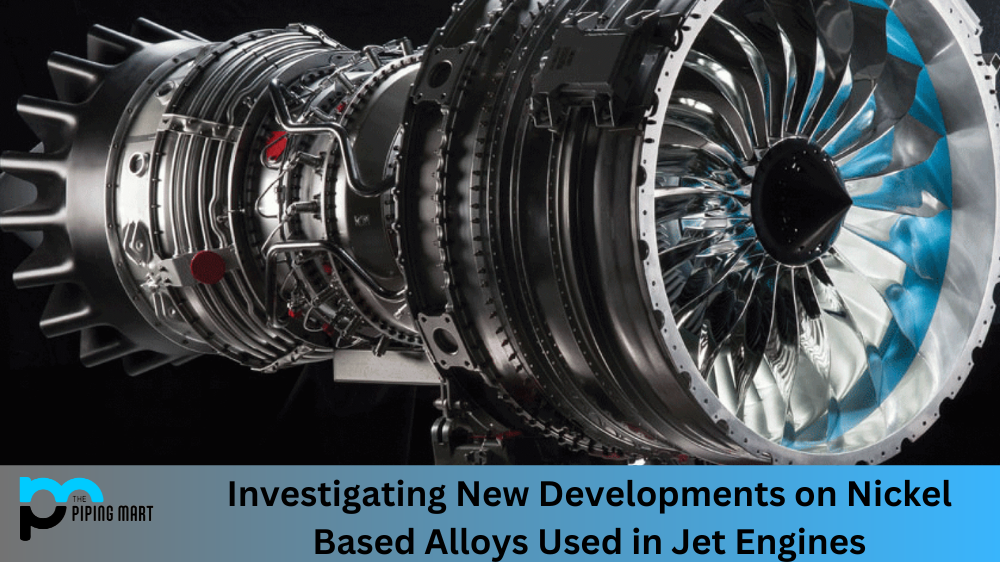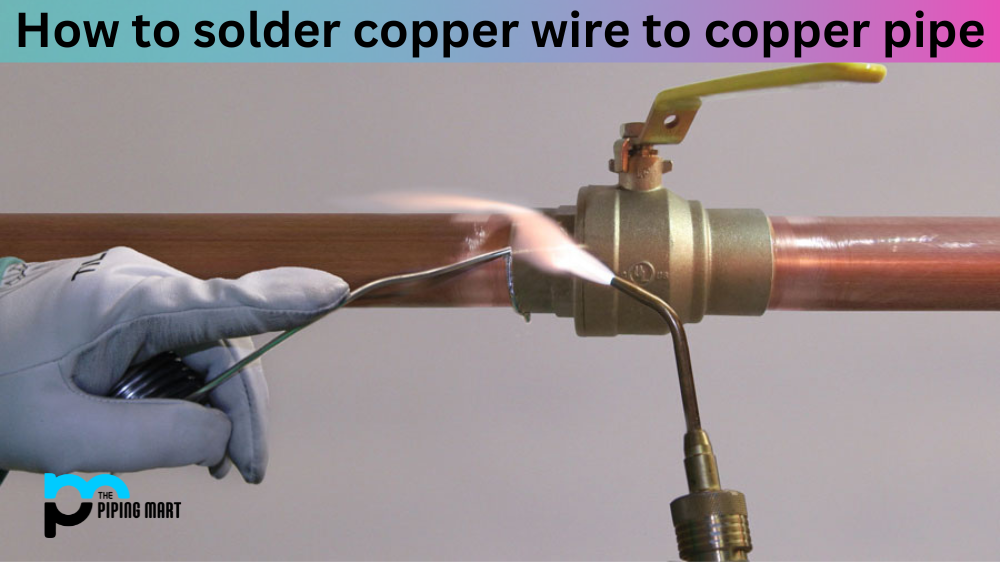Selecting the suitable material for your machinery project can be daunting, especially if you are still determining the exact specifications needed. Two of the most popular options for machine parts are 1026 and 1045 steels. These materials create durable and versatile products but differ in several key characteristics. This blog post will examine the differences between 1026 and 1045 steels, so you can decide which material suits your project.
Difference Between 1026 and 1045 Steel
Two main types of steel are commonly used in manufacturing and construction applications – 1026 and 1045. Both steels have unique properties and characteristics that make them well-suited for different applications. To decide which steel suits your project, it is essential to understand the difference between the two.
Composition
One of the most significant differences between 1026 and 1045 is their composition. 1026 steel is a low-carbon steel that contains 0.4% carbon by weight. On the other hand, 1045 steel is a high-carbon steel that has 0.45% carbon by weight. The higher carbon content in 1045 steel gives it greater strength and hardness than 1026 steel.
Surface Hardness
While 1026 and 1045 can be heat-treated to achieve varying hardness levels, 1045 tends to have a higher surface hardness. This makes it ideal for applications with essential abrasion resistance, such as gears, axles, and shafts. On the other hand, 1026 is better suited for applications that require flexibility, such as hydraulic cylinders or shock absorbers.
Machinability
One of the most crucial factors for many engineers when choosing a material is its machinability. Machinability refers to how easily a fabric can be cut, shaped, or otherwise manipulated during the machining process. While 1026 and 1045 are considered machinable, 1026 is significantly more straightforward to work with than 1045 due to its lower carbon content. As a result, 1026 is the preferred material for projects that require complex machining.
Cost
Finally, when deciding between 1026 and 1045, the cost is essential. In general, 1026 is cheaper than 1045 because of its lower carbon content and easier machinability. However, the price difference may be negligible depending on the size and complexity of your project.
Applications
Due to its lower carbon content, 1026 steel is more ductile and weldable than 1045 steel. It is often used in applications that require cold forming, such as automotive parts, shafts, and gears. 1045 steel, on the other hand, is typically used in applications that require higher levels of strength and hardness, such as knives and axes.
Heat Treatment
Another critical difference between the two steels is their response to heat treatment. 1026 steel can be heat treated to achieve various properties, such as increased hardness or improved ductility. However, 1045 steel can only be heat treated after first annealing, significantly reducing its strength and hardness.
Conclusion
To sum up, 1026 and 1045 steel sheets have unique strengths and weaknesses to consider when choosing a material for your machinery project. If your application requires maximum surface hardness and strength, 1045 may be the better choice. For projects that require flexibility, 1026 is the way to go. Consider these factors, machinability, and cost when deciding between 1026 and 1045. Regardless of which you choose, both are versatile materials that can be used for various applications.

A passionate metal industry expert and blogger. With over 5 years of experience in the field, Palak brings a wealth of knowledge and insight to her writing. Whether discussing the latest trends in the metal industry or sharing tips, she is dedicated to helping others succeed in the metal industry.




